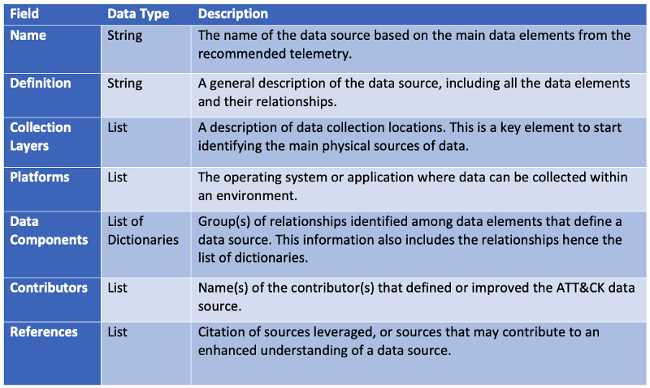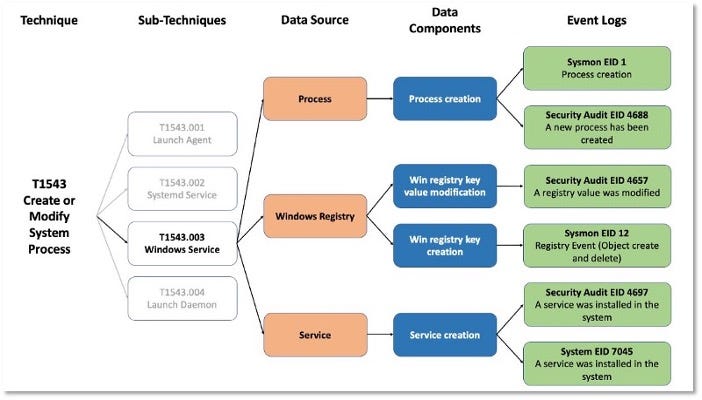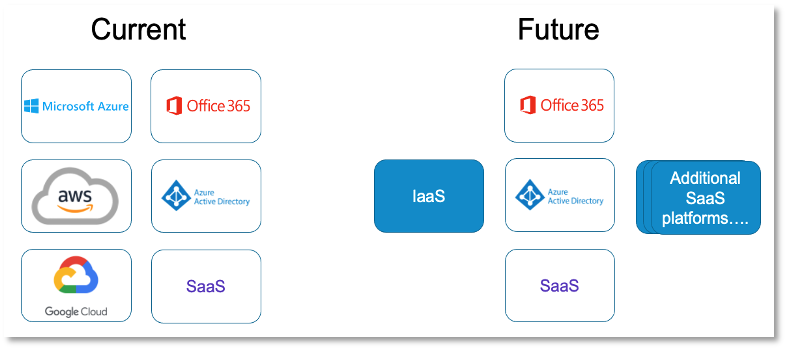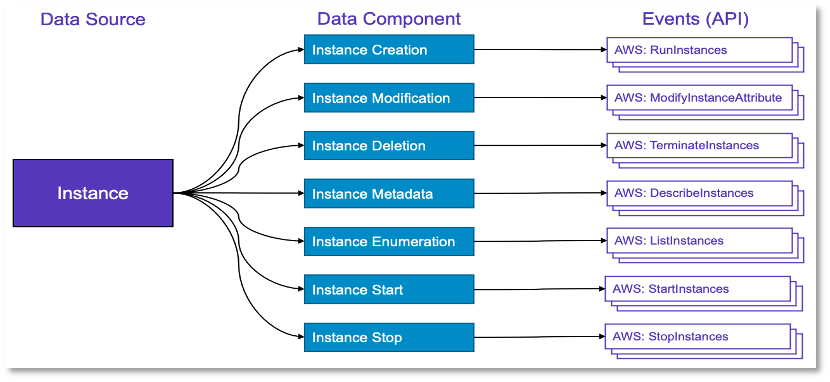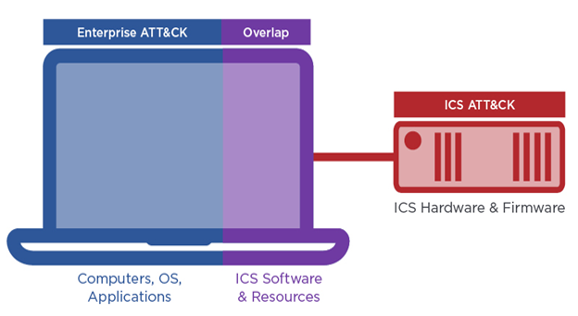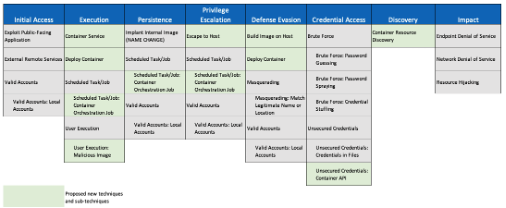Bringing PRE into Enterprise
Written by Adam Pennington and Jen Burns

We’re excited to announce that we’ve released the latest version of MITRE ATT&CK (v8), which includes the integration of PRE-ATT&CK’s scope into Enterprise ATT&CK! This integration removes the PRE-ATT&CK domain from ATT&CK and adds two new tactics to Enterprise — Reconnaissance and Resource Development. Similar to our July release of sub-techniques, this is an update to ATT&CK that’s been under development for some time. You can find this new version of ATT&CK on our website, in the ATT&CK Navigator, as STIX, and via our TAXII server.
PRE-ATT&CK’s History
When we originally launched Enterprise ATT&CK, we focused on the behaviors that adversaries perform after they’ve broken into an environment, roughly the Exploit through Maintain phases of the MITRE Cyber Attack Lifecycle. This aligned well with the visibility of many defenders of their own networks, but it left pre-compromise adversary behaviors uncovered. After ATT&CK’s initial launch, a separate team at MITRE decided to fill in the gap to the left by following the structure of Enterprise ATT&CK and enumerating adversary behaviors leading up to a compromise. This work became PRE-ATT&CK and was released in 2017.

Some of you in the ATT&CK community have embraced and leveraged PRE-ATT&CK since that release to describe pre-compromise adversary behavior, but the framework never found the kind of adoption or contributions we’ve seen for Enterprise ATT&CK. We’ve also heard from a number of organizations over the years that Enterprise ATT&CK’s coverage of only post-compromise behaviors held up their ability to adopt it. In response, we started the process of integrating PRE-ATT&CK into Enterprise in 2018. As the first step of that integration, we deprecated PRE-ATT&CK’s Launch and Compromise tactics and incorporated their scope into the Initial Access tactic in Enterprise.
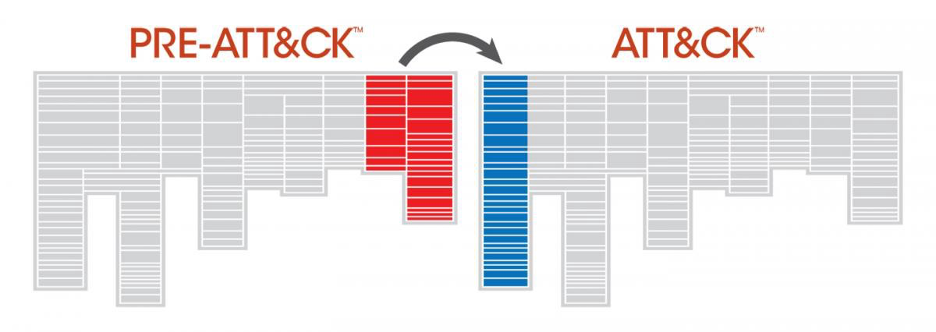
Finishing the Merger
In my ATT&CKcon 2.0 presentation, I talked about how PRE-ATT&CK + Enterprise ATT&CK covering the complete Cyber Attack Lifecycle/Cyber Kill Chain® is a bit of an understatement. The scope of PRE-ATT&CK actually starts before Recon, with multiple tactics covering pre-reconnaissance intelligence planning. It also includes some behaviors that don’t leave technical footprints or might not have been seen in the wild. In early 2019, MITRE’s Ingrid Parker worked with the ATT&CK team to develop the following criteria for determining which PRE-ATT&CK behaviors could assimilate into Enterprise ATT&CK:
- Technical — the behavior has something to do with electronics/computers and is not planning or human intelligence gathering.
- Visible to some defenders — the behavior is visible to a defender somewhere without requiring state-level intelligence capabilities, for example an ISP or a DNS provider.
- Evidence of adversary use — the behavior is known to have been used “in the wild” by an adversary.
She found that PRE-ATT&CK could be divided into three sections. Based on the criteria, the first section, including PRE-ATT&CK Priority Definition Planning, Priority Definition Direction, and Target Selection tactics as well as a number of other techniques, are out of scope. That left us with two sections that divided quite well into the new tactics we released today:
1. Reconnaissance — focused on an adversary trying to gather information they can use to plan future operations, including techniques that involve adversaries actively or passively gathering information that can be used to support targeting.
2. Resource Development — focused on an adversary trying to establish resources they can use to support operations, including techniques that involve adversaries creating, purchasing, or compromising/stealing resources that can be used to support targeting.
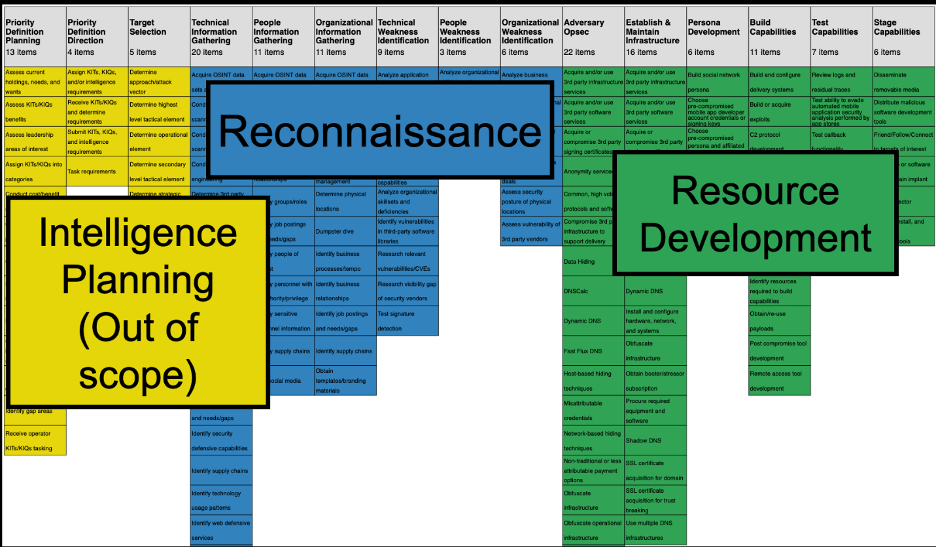
Over the course of 2019 and a number of whiteboard sessions, I worked with former ATT&CK team member Katie Nickels to identify the techniques and sub-techniques that fit the three criteria, and covered the scope of the remaining techniques in the Reconnaissance and Resource Development portions of PRE-ATT&CK. This work was largely complete last October, and you might notice that the preview from ATT&CKcon 2.0 is very similar to what we released today. Because Reconnaissance and Resource Development leveraged sub-techniques, the work was suspended until those were implemented in Enterprise ATT&CK with our recent release. With sub-techniques out the door, ATT&CK team members Jamie Williams and Mike Hartley picked up the ball and created the content for the 73 new techniques and sub-techniques.
The PRE Platform
A question that arose during the creation of the Reconnaissance and Resource Development techniques is “What platform should these be?” For example, Gather Victim Identity Information (T1589) isn’t really Windows, macOS, Cloud or any specific existing enterprise platform. In order to reflect the different nature of these new techniques (and as a homage to PRE-ATT&CK), we added techniques in Reconnaissance and Resource Development to a new PRE platform.
Another unique characteristic of these new PRE techniques is their detection. While we scoped techniques to those “visible to some defenders,” most adversary Reconnaissance and Resource Development isn’t observable to the majority of defenders. In many cases, we’ve highlighted the related techniques where there may be an opportunity to detect an adversary. For the subset of techniques that are detectible by a broad set of defenders, we’ve described detections, some of which may require new Data Sources to see.
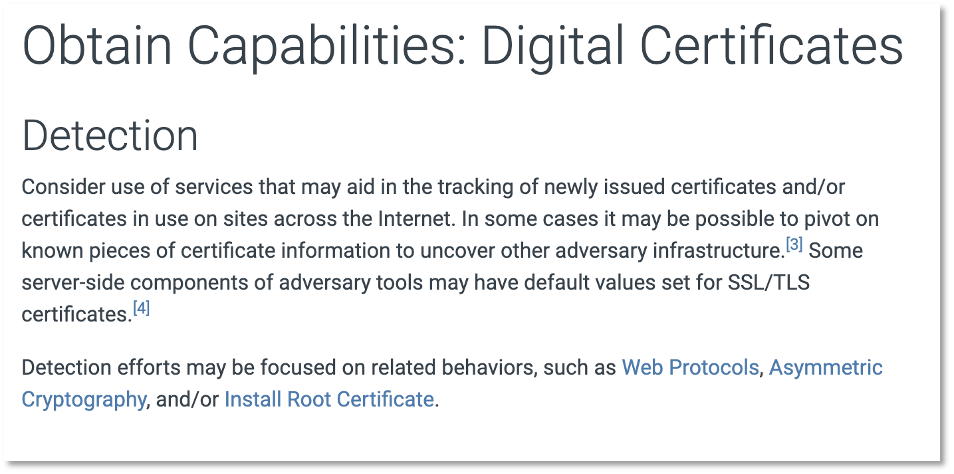
Mitigating Reconnaissance and Resource Development techniques can be challenging or unfeasible, as they take place in a space outside of an enterprise’s defenses and control. We’ve created a new Pre-compromise mitigation to recognize this difficulty, and noted where organizations may be able to minimize the amount and sensitivity of data available to external parties.
While these new techniques don’t typically take place on enterprise systems, are difficult to detect, and potentially impossible to mitigate, it’s still important to consider them. Even without perfect detection of adversary information collection, understanding what and how they’re collecting from Reconnaissance can help us examine our exposure and inform our operational security decisions. Similarly, our sensors may not detect most activity from Resource Development, but the tactic can offer valuable context. Many of the behaviors leave evidence visible to the right open/closed source intelligence gathering or can be discovered through an intelligence sharing relationship with someone who does have visibility.
Going Forward
We’re interested in your feedback on the content we’ve added and your input on any techniques, sub-techniques, detections, and mitigations you think we’ve missed. Do you have a way of detecting a particular Resource Development technique or preventing an adversary from successfully performing Reconnaissance? Please let us know by sending us an email, or contributing what you believe is currently missing.
Finally, if you aren’t ready to make the switch from PRE-ATT&CK, we’re still here for you. PRE-ATT&CK is still available in the previous version of our website, in the v7.2 and earlier versions of our STIX 2.0 content, and by filtering on the prepare stage in a previous version of the ATT&CK Navigator.
©2020 The MITRE Corporation. ALL RIGHTS RESERVED. Approved for public release. Distribution unlimited 20–00841–15.

Bringing PRE into Enterprise was originally published in MITRE ATT&CK® on Medium, where people are continuing the conversation by highlighting and responding to this story.



